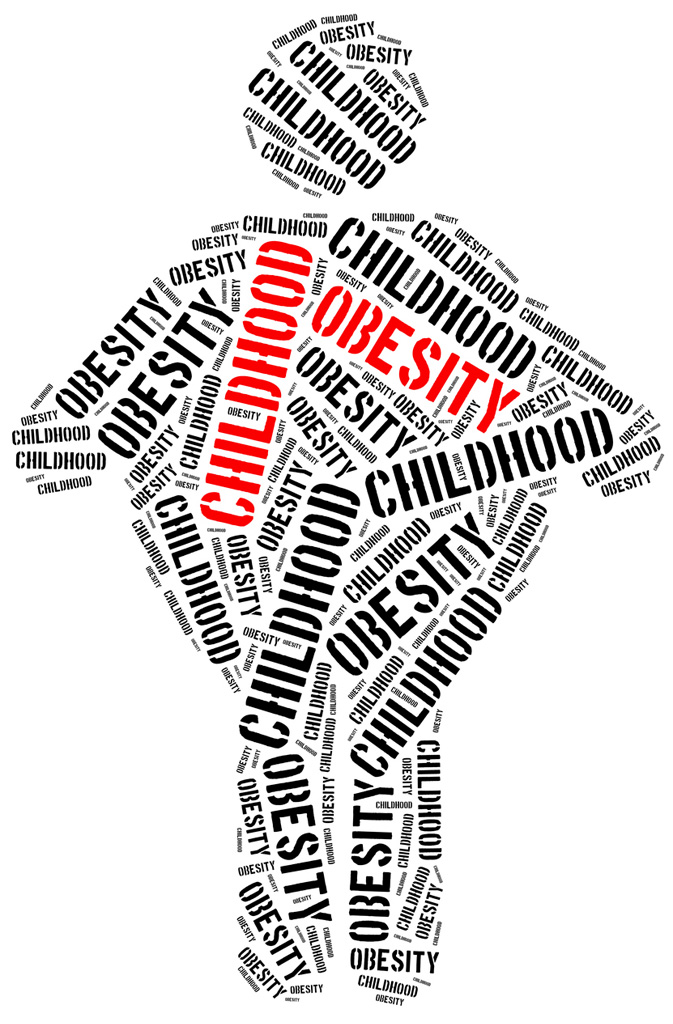Reminder: Highmark’s Childhood Obesity Preventive Health Benefit
 September Is Childhood Obesity Awareness Month
September Is Childhood Obesity Awareness Month
Obesity in childhood and adolescence has become one of the most important pediatric chronic conditions over the past two decades. Many factors contribute to overweight and obesity; however, the primary factor is an imbalance between energy consumption and energy expenditure.
According to the Centers for Disease Control and Prevention (CDC), children ages 2-19 years with a BMI at the following percentile are considered to fall into these categories:
BMI percentile |
Category |
85 to 94 |
Overweight |
95 or higher |
Obese |
Counseling parents and patients regarding nutrition and physical activity should be part of all well-child visits to prevent or treat overweight and obesity.
Despite the publicity about “body shaming,” weight stigma continues in this age group, expressed primarily by teasing and bullying. Instead of motivating positive change, this stigmatization contributes to behaviors like binge eating, social isolation, avoidance of health care services, decreased physical activity, and increased weight gain. Weight-based bullying is among the most frequent forms of peer harassment that students report.
Highmark’s Childhood Obesity Preventive Health Benefit
Did you know?
- Nationally, one in five school-age children (6 to 19 years old) is obese.
Children 2 to 18 years of age who have a BMI in the 85th percentile or higher are eligible for:
- Four preventive health office visits (an annual preventive visit and three follow-up visits)
- Unlimited nutritional counseling visits specifically for obesity
- One set of recommended lab work annually that includes:
- Cholesterol screening
- Hemoglobin A1c or fasting glucose
- AST and ALT
You can help combat childhood obesity by talking to parents and children about:
- Eating plenty of fruits, vegetables, and whole-grain products; low-fat or fat-free dairy products; and lean meats, poultry, fish, lentils, and beans for protein
- Giving age-appropriate portions
- Avoiding or reducing calorie-dense foods and beverages
- Encouraging 60 minutes of physical activity a day
- Limiting screen time (TV, video games, computer) to two hours or less daily.
Questions addressing their children’s weight may not be comfortable for parents or caregivers to hear. But having these conversations early in a child’s life helps to minimize health concerns later in life.
To support you in these discussions, Highmark offers helpful tools and resources in our Childhood Obesity Physician Tool Kit  , which is available under Education/Manuals on our online Provider Resource Center.
, which is available under Education/Manuals on our online Provider Resource Center.
Sources:
- Alliance for a Healthier Generation.
- American Heart Association. “Addressing your child’s weight at the doctor.” Updated Aug. 4, 2014.
- Centers for Disease Control & Prevention, Childhood Obesity section.
- CHILDHOOD OBESITY. April 2013. Volume 9, Number 2. “Innovative Tools Help Counselors Discuss Childhood Obesity with Parents.”
- Agency for Healthcare Research and Quality (AHRQ), National Quality Measures Clearinghouse. “Weight assessment and counseling for nutrition and physical activity for children/adolescents: percentage of members 3 to 17 years of age who had an outpatient visit with a PCP or OB/GYN and who had evidence of BMI percentile documentation during the measurement year.”
- American Academy of Pediatrics. “Stigma Experienced by Children and Adolescents with Obesity.” Pont, S. Published online, Nov. 20, 2017.
- American Heart Association (Endorsed by American Academy of Pediatrics). Dietary Recommendations for Children and Adolescents: A Guide for Practitioners, retrieved from aappublications.org/news
 .
.
- American Academy of Pediatrics. “Recommendations for Treatment of Child and Adolescent Overweight and Obesity,” retrieved from aappublications.org/news
 .
.
- American Academy of Pediatrics. “Policy Statement – Children, Adolescents, Obesity, and the Media,” retrieved from aappublications.org/news
 .
.


Provider News, Issue 4, 2018 | © 2018 Highmark Blue Cross Blue Shield West Virginia

 September Is Childhood Obesity Awareness Month
September Is Childhood Obesity Awareness Month , which is available under Education/Manuals on our online Provider Resource Center.
, which is available under Education/Manuals on our online Provider Resource Center. .
. .
. .
.